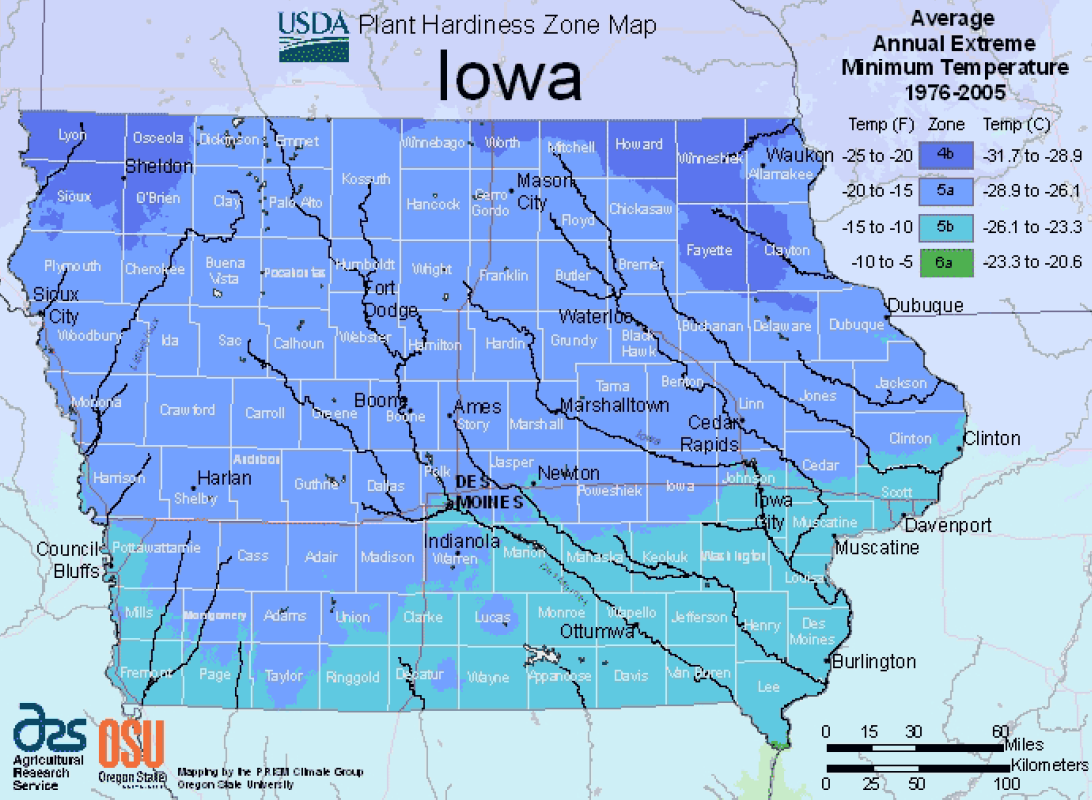Iowa Tree Species Rating
Tree Species Rating Guide for Iowa
March 2023 Iowa Arborist Association
For use by qualified professionals in conjunction with the Council of Tree & Landscape Appraisers’ Guide for Plant Appraisal published by the International Society of Arboriculture (ISA).
This publication has been prepared, reviewed, and approved by the IAA Regional Plant Appraisal Committee (RPAC) appointed by the president of the Iowa Arborist Association.
Introduction
An RPAC creates universal tools for local plant appraisers to use. The ISA publishes the Guide for Plant Appraisal (The Guide) for the Council of Tree and Landscape Appraisers (CTLA). This publication is the recognized authority in appraising trees. The Guide defines an RPAC as a group of “plant appraisers, arborists, landscapers, nursery growers, landscape architects, and university specialists who provide information to tree and landscape appraisers.”
The current (10th) edition of The Guide is not without controversy. The 10th edition does not suggest using species ratings in appraisals. It seems to discourage it and replace it with “functional limitation” at the top of p. 64. Some individuals and RPAC’s may recommend using the 9th edition. Appraisers are advised to familiarize themselves with the only mentions of the role of an RPAC in the 10th edition on p. 57, 59, 61, and Appendix 4 on p. 145.
Per this RPAC’s understanding of our current expectations, we have prepared and included in this publication:
1. an agreed upon unit cost for “the largest commonly available nursery-grown tree” in Iowa and…
2. updated tree species ratings.
Often a tree to be appraised is too large to be replaced with a single tree. An agreed upon unit price for “the largest commonly available nursery-grown tree” is used to extrapolate a unit price to these larger trees. This unit price is used as part of a formula to determine a defensible appraisal. An underlying inference is that the cost to acquire a large tree would be directly proportionate to the unit cost of the smaller nursery tree.
According to this RPAC’s research 3 ½ inches is the trunk diameter at 6 inches of “the largest commonly available nursery-grown tree” in Iowa, and 8 foot is the height of the most commonly available nursery grown conifer in Iowa, and the price of each is $300 retail. This gives us a unit cost of $31.19 per inch for application in the Trunk Formula Technique (TFT) and $37.50 a foot for conifers.
This guide (TSRG) rates trees that grow in Iowa, including native and non-native trees. This is not meant to be exhaustive but, rather, representative of the majority of species found commonly in Iowa.
Species ratings are based only on characteristics, without regard to condition and location in the landscape. Factors considered were environmental adaptability, biological traits (i.e. growth rates, longevity, pest resistance), maintenance requirements and aesthetic characteristics.
This RPAC did not simply rate these trees to reflect our personal likes and dislikes. We made great effort to eliminate bias. Assuming there is no such thing as a perfect species, our goal was to use the above traits to determine, in our opinion, what percentage of perfect (100%) each of these species is in Iowa.
The information within this publication should be accurate for most situations. However, some situations might be unusual. Occasionally, characteristics of an individual tree or cultivar may be superior. Some microclimate variation can also affect the rating. The professionals using this book in conjunction with The Guide may occasionally find the need for alteration of this generalized information.
If you disagree with our ratings, feel there are trees missing from this list, or trees that should not be on this list, please let us know and consider joining our RPAC.
Note: this publication will be reviewed every three years by the IAA and updated as deemed necessary. Updated publications will be issued by the IAA Board of Directors.
